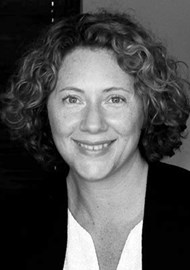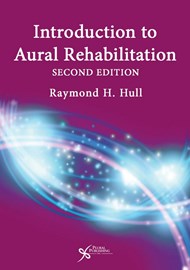The second edition of Raymond Hull’s ‘Introduction to Aural Rehabilitation’ does exactly what it sets out to do, that is to provide a very solid foundation for guiding clinical services in the field of aural rehab. The book is written in an easy-to-digest style and will do well with students being introduced to the topic, or with clinicians wishing to refresh or update their knowledge.
There are very few texts that attempt to provide both aural rehab principles for children and adults, but this text does justice to both which makes it quite good value for money. It compares very well with other recent texts on the field of AR (e.g. Montano and Spitzer, 2014 and Tye-Murray, 2014) but the addition of the paediatric AR section (chapters 6-10) makes it stand out. Considerable attention is given to the unique needs of older adults (chapters 16-20) but the book maintains a good balance with the needs of children and younger adults as well. Sometimes the photographs used in the text give the book a slightly dated feel, but the practices advocated in AR are in keeping with modern technology and approaches (e.g. including the use of skype, FaceTime, UWO pedAMP protocols, etc).
The book provides a refreshing view of the role audiologists play in vocational rehab processes and it emphasises networking and creative approaches to break down turf guarding. Family involvement and counselling is highlighted throughout and frequent anecdotes from patients, parents and clinicians are included to illustrate concepts. Prof Hull also encourages clinicians to talk to their patients and really listen to their personal narratives as it will guide you more clearly in which aspects to focus on in your AR. Chapter 18 provides a series of case studies which illustrate a variety of issues in ageing but could have detailed the individual AR plans to perhaps have a greater effect.
Overall, this book provides a strong foundation for AR practices, is easy to read, and will serve clinicians involved in adult or paediatric AR well.





